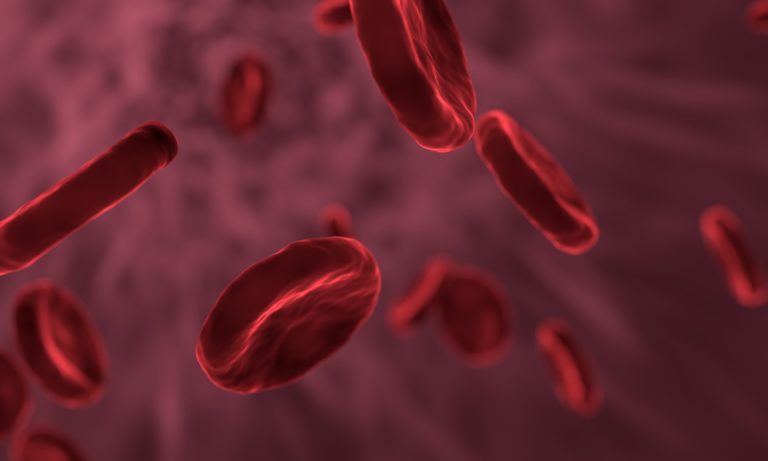VA Disability Ratings for Anemia

CCK Law: Our Vital Role in Veterans Law
What is Anemia?
Broadly speaking, anemia is a condition in which individuals lack enough healthy red blood cells to carry adequate oxygen to the body’s tissues. Anemia can be temporary or long-term, and it can range from mild to severe. Importantly, there are many different types of anemia, including the following: aplastic, iron deficiency, sickle cell, thalassemia, and vitamin deficiency. Signs and symptoms vary depending on the type, but most commonly include:
- Fatigue
- Weakness
- Pale or yellowish skin
- Irregular heartbeats
- Shortness of breath
- Dizziness or lightheadedness
- Chest pain
- Cold hands and feet
- Headaches
Forms of the Condition
In the beginning, anemia can be so mild that you do not notice it; however, symptoms tend to worsen as the condition itself worsens. Additionally, different types of the condition tend to have different causes. The most prevalent examples include the following:
- Iron deficiency anemia. This most common type of anemia is caused by a shortage of iron in your body, which may be due to blood loss, such as from heavy menstrual bleeding, an ulcer, cancer, and regular use of some over-the-counter pain relievers.
- Vitamin deficiency anemia. A diet lacking in folate, vitamin B-12, and other key nutrients can cause decreased red blood cell production.
- Anemia of inflammation. Certain diseases, such as cancer, HIV/AIDS, rheumatoid arthritis, kidney disease, and other acute or chronic inflammatory diseases, can interfere with the production of red blood cells.
- Aplastic anemia. This rare, life-threatening anemia occurs when your body doesn’t produce enough red blood cells. Causes of aplastic anemia may include infections, certain medications, autoimmune diseases, and exposure to toxic chemicals
- Sickle cell anemia. This inherited condition is caused by a defective form of hemoglobin that forces red blood cells to assume an abnormal crescent (i.e., sickle) shape. These irregular blood cells die prematurely, resulting in a chronic shortage of red blood cells.
If veterans believe their condition is due to their military service, they may be eligible for VA disability compensation and benefits.
Relationship Between Anemia and Active Duty Service
VA acknowledges that anemia is predominantly hereditary or secondary, meaning a symptom of another condition. Examples of conditions that can cause secondary anemia include osteomyelitis (Diagnostic Code 5000) and hypothyroidism (Diagnostic Code 7903). If a veteran’s already service-connected condition causes or aggravates their anemia, they may be entitled to service connection on a secondary basis. It is also important to note that veterans may still be eligible for service connection for anemia even if the condition existed prior to service. In this case, veterans could establish service connection based on aggravation if they believe their anemia has worsened as a result of service.
How VA Rates Anemia
Anemia is currently rated under 38 CFR § 4.117 – Schedule of Ratings, Hemic and Lymphatic Systems, according to various diagnostic codes:
- Diagnostic Code 7714 – Sickle Cell Anemia
- Diagnostic Code 7716 – Aplastic Anemia
- Diagnostic Code 7720 – Iron Deficiency Anemia
- Diagnostic Code 7722 – Pernicious Anemia and Vitamin B-12 Deficiency Anemia
- Diagnostic Code 7723 – Acquired Hemolytic Anemia
Generally speaking, each type of anemia is rated from 0 to 100 percent in increments of 10, depending on the hemoglobin level and the associated signs and symptoms. However, the specific rating criteria depends on the type of anemia that is being evaluated.
Was Your VA Disability Claim Denied?
Chisholm Chisholm & Kilpatrick LTD are national leaders in the realm of Veterans Law with decades of experience helping Veterans get their rightfully owed benefits from the Department of Veterans Affairs. If your VA claim has been denied, we may be able to help. Contact our office today for a free consultation at 401-331-6300.
About the Author
Share this Post
